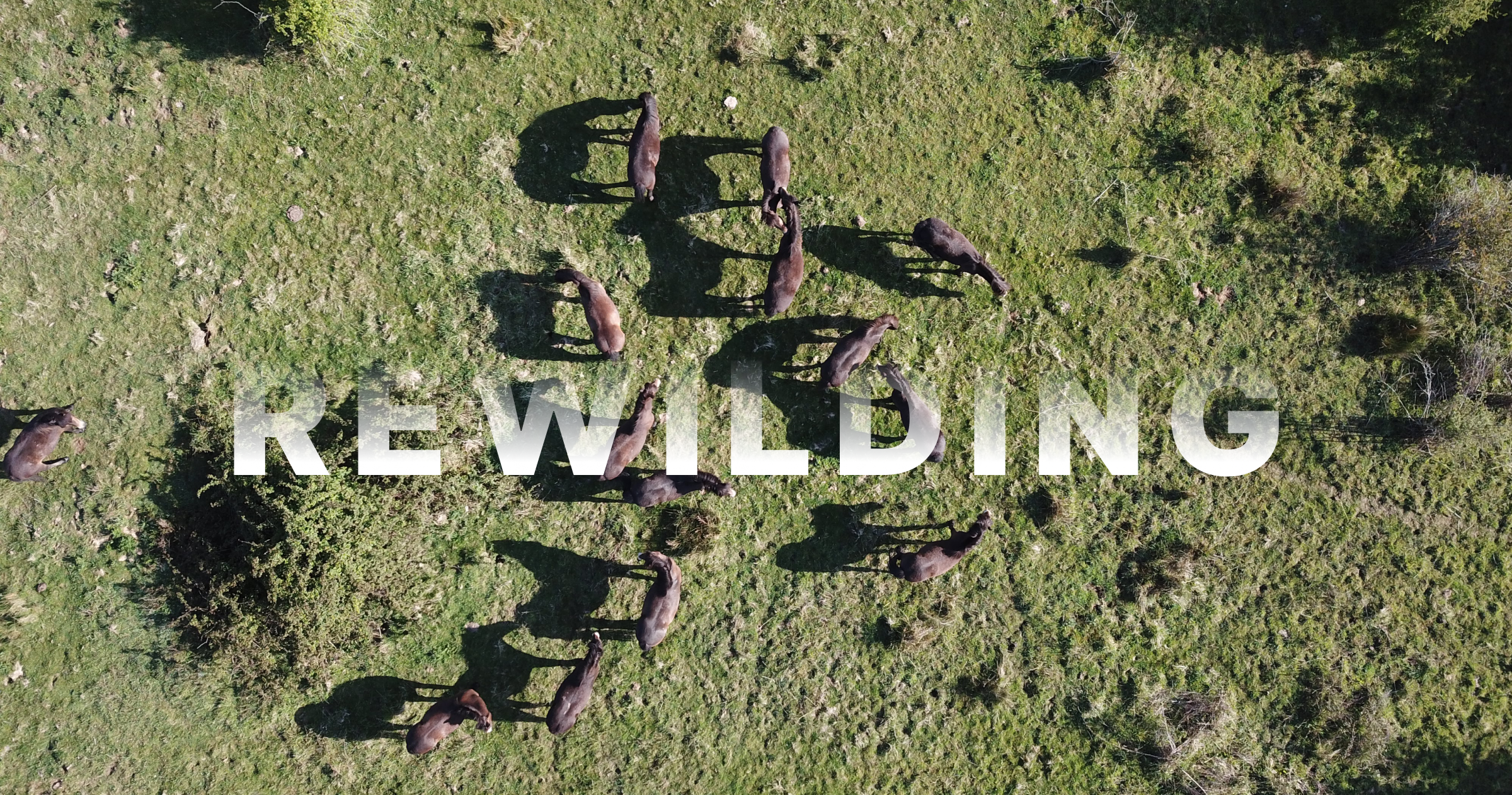
Wild Power: Why restoring ecosystems is essential to the clean energy transition.
As we race toward a renewable future, nature’s regenerative power emerges as our strongest ally – healing ecosystems while supercharging our clean energy revolution.
This Earth Day, under the theme “Our Power, Our Planet,” Archetype is championing the concept of “Wild Power” – highlighting nature’s capacity to restore itself as a vital partner in our global renewable energy transition.
At first glance, renewable energy evokes images of solar panels and wind turbines. Yet, research increasingly reveals that restoring ecosystems – from full rewilding to regenerative agriculture to urban greening – can be equally critical. Restoration not only captures carbon but actively stabilises our climate, creating healthier ecosystems that support and enhance renewable energy systems.
The Knepp Estate in West Sussex exemplifies this “Wild Power.” Over two decades, its pioneering nature restoration project, led by Isabella Tree and Charlie Burrell, is challenging assumptions about where and how carbon is stored. While tree planting is often prioritised in climate strategies, recent research at Knepp found that scrubland habitats may store “up to four times more carbon than previously estimated”, especially since traditional carbon calculations often overlook the carbon stored in scrubland. By allowing nature to regenerate in complex, varied ways, Knepp has not only revitalised biodiversity but helped redefine how we understand carbon sinks.

These impacts are part of a broader body of scientific evidence that positions ecosystem restoration as a vital climate solution, in that restoring forests, grasslands and wetlands significantly lowers net greenhouse gas emissions. These restored landscapes serve as self-sustaining carbon banks, demonstrating how nature-based solutions complement engineered climate approaches.
Nature restoration also builds climate resilience in ways that benefit people and infrastructure. At Knepp, re-established wetlands help to manage flood risk by absorbing and slowing heavy rainfall, reducing pressure downstream. In Europe, river restoration projects like the Border Meuse in the Netherlands have demonstrated that naturalised floodplains can buffer even the most severe flood events – offering critical protection for communities and ecosystems alike
Around the world, healthy ecosystems help protect renewable energy systems. For example, forests around rivers stop soil from washing into hydroelectric dams, which keeps them working efficiently for longer. Coastal mangroves absorb storm surges, shielding wind turbines and solar farms. Diverse, well-managed ecosystems can regulate local temperatures and moisture, indirectly reducing energy demand by keeping surrounding areas cooler during heatwaves. These nature-based “co-benefits” are increasingly seen as essential for creating integrated, resilient energy systems.
Importantly, these principles are now widely backed by major institutions. The Intergovernmental Panel on Climate Change (IPCC) and the UN Environment Programme both highlight that ecosystem restoration is essential for meeting the goals of the Paris Agreement. According to the IPCC’s Sixth Assessment Report, conserving and restoring ecosystems could provide up to one-third of the emissions reductions required by 2030, while also safeguarding biodiversity and communities from climate shocks.
In the UK, organisations like Rewilding Britain have modelled the national potential of Wild Power. Its estimates suggest that restoring nature across 30% of the UK could sequester 53 million tonnes of CO₂ annually – more than 12% of total UK emissions. Projects like Knepp are proving this on the ground, offering compelling data to inform policy and land-use strategy.

This reframing of nature as essential infrastructure is shifting public and private sector narratives alike. Increasingly, we see solar and wind developments being paired with biodiversity strategies that restore native habitats around installations. The concept of Wild Power encourages us to look at nature not just as something to preserve, but something that actively works for us – regulating climate, storing carbon, reducing flood risks and even increasing renewable energy efficiency.
Archetype’s partnership with the Knepp Wildland Foundation reflects a growing global recognition: nature restoration isn’t just ecological recovery – it’s a vital climate solution. This Earth Day, we’re reminded that our planet’s regenerative power is not an add-on to the renewable transition, but a foundation for it. The future will be powered by both human innovation and the wild resilience of restored ecosystems.
As we work to accelerate positive impact for people and planet, let’s remember: restoring wild places is not about looking back – it’s about moving forward with a climate-smart, biodiversity-rich future that truly reflects the power of our planet.
–
Archetype is an official partner of the Knepp Wildland Foundation, supporting the growth of the green economy by funding Young Guides and providing pro-bono work to accelerate nature restoration initiatives. Archetype is also supporting the pioneering White Stork Project through this year’s Green Match Fund campaign. Archetype is a Certified B Corporation



